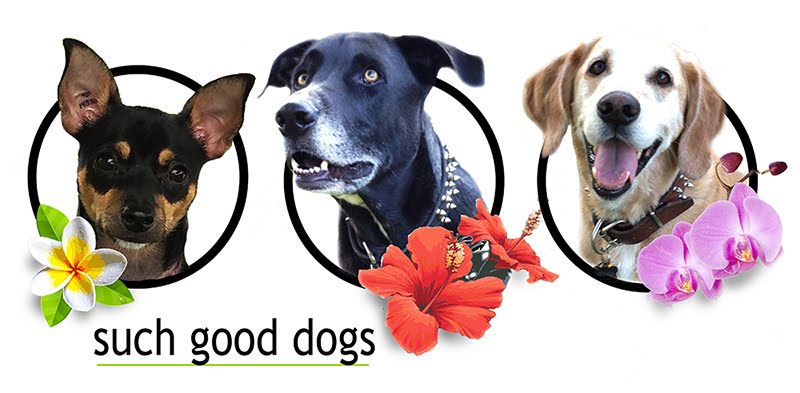Bloodhound:
Color: Red, Black and tan, liver and tan, may have white markings.
Height: Males: 25-27 inches/ Females: 23-25 inches
Weight: Males: 90-119 pounds/ Females: 79-106 pounds
Life Span: 10-12 years
Breed Health Concerns: Ear infections, hip dysplasia, bloat, and entropion.
Coat: Weatherproof close lying, smooth, short coat.
Country of Origin: Belgium
Visit the American Kennel Club for breed standards and more information.
The Bloodhound was refined from ancient dogs called Segusius in the monastery of St. Hubert in Belgium. These dogs had persistent, exquisite noses that they used to cold trail track game such as big cats, deer, and wolves. These St. Hubert Hounds crossed the Channel when the Normans conquered England in 1066. Then in England, these St. Hubert Hounds were crossed with Southern Hounds and Talbot Hounds to create the current breed the Bloodhound. His name came about because he was used exclusively by the nobility, not from his ability to track a blood trail.
The Bloodhound is easily recognizable with its long drooping ears and facial wrinkles. The Bloodhound is kind and gentle and gets along with everyone. Bred to be a pack animal and persistent, the Bloodhound should be kept in an enclosed yard so his nose does not get him into trouble.
Exercise:
The Bloodhound does not need a large amount of exercise, but does require regular daily walks. Taking him to a large enclosure or through a park on a long leash where the Bloodhound can sniff and track will make him happiest.
 Grooming:
Grooming: The coat of the Bloodhound is easy to maintain and requires only regular bathing and brushing. However the wrinkles on the dogs face and long drooping ears of the dog require extra attention. Be sure to keep them clean and dry.
Training:
To train a Bloodhound takes patience and consistency. The Bloodhound was bred to be an independent thinker and requires extra incentive to do basic obedience tasks, however the breed will thrive if asked to track a trail. The best way to train any breed is to work with their instincts. This is especially true of the Bloodhound.




No comments:
Post a Comment